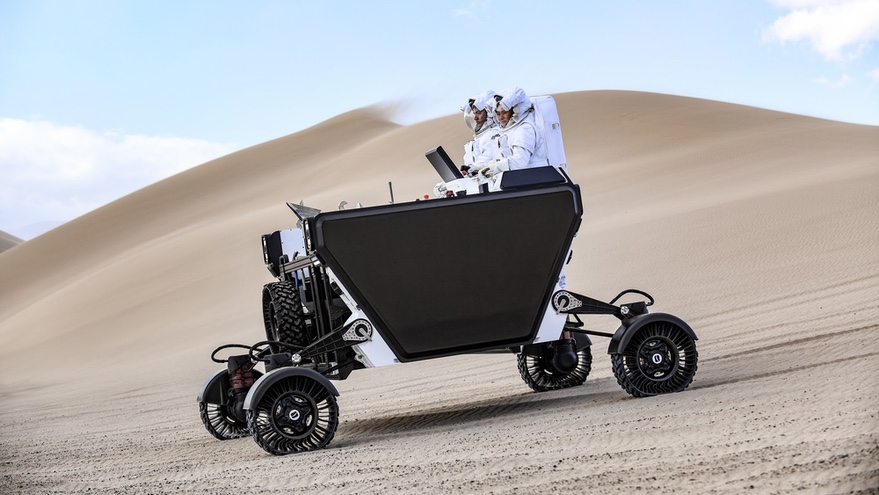KEY POINTS
- The immigration minister says more than three million visas had been finalised since 1 June.
- He said the government was also trying to simplify the system used to prioritise applications.
- It comes as the government prepares to review Australia’s migration system.
Australia’s visa backlog, which was once at almost one million applications, is now down to 755,000.
Immigration Minister Andrew Giles told the Committee for Economic Development of Australia (CEDA) migration conference in Sydney on Wednesday that more than three million visas had been finalised since 1 June.
Mr Giles said the government was on track for a backlog of around 600,000 by the end of the year, which is
.
He said almost 300 more staff had now been hired to process visas.
“We have automated straightforward tasks to free up staff to work on more complex visa applications,” he said.
Mr Giles said the government was also trying to simplify the system used to prioritise applications.
“The complexity of the previous prioritisation system was adding up to 45 minutes per application for some skilled visas,” he said. “I witnessed staff in triage teams sorting visas into different groups instead of making decisions.”
“If we prioritise everyone, we prioritise no one.”
During his speech, Mr Giles said median times for the processing of skilled visas had blown out from four months in 2015-16, growing by one month each year, until 2018-19, when the median processing time was seven months.
Immigration Minister Andrew Giles said that more than three million visas had been finalised since 1 June. Source: AAP / LUKAS COCH/AAPIMAGE
Mr Giles said the government had also increased the number of permanent skilled and family visas this financial year, adding that “no migrant should be permanently temporary”.
At the conference, former top public servant Martin Parkinson, who is one of three experts tasked with conducting a comprehensive review of Australia’s migration system, said a discussion paper was now available on the Department of Home Affairs website.
Submissions are due on 15 December and the experts are aiming to deliver an interim report by end of February, and a final strategy by late March/April.
Mr Parkinson said he didn’t want to prejudge the outcome but acknowledged the review would probably start with a presumption that there could be benefits from streamlining the assessment process for visas.
The
contained $36.1 million for visa processing, to increase staff capacity by 500 people for nine months to cut down the backlog.
The government has announced it will review Australia’s migration system to make sure it is keeping with the times.
“We need a system that attracts and retains talent, a system that is simple, efficient and complementary to the skills existing in Australia,” Mr Giles said.
“International mobility is already important for economic activity. For Australia, this importance will continue to grow over time.”
– With AAP
Note: This article have been indexed to our site. We do not claim legitimacy, ownership or copyright of any of the content above. To see the article at original source Click Here













